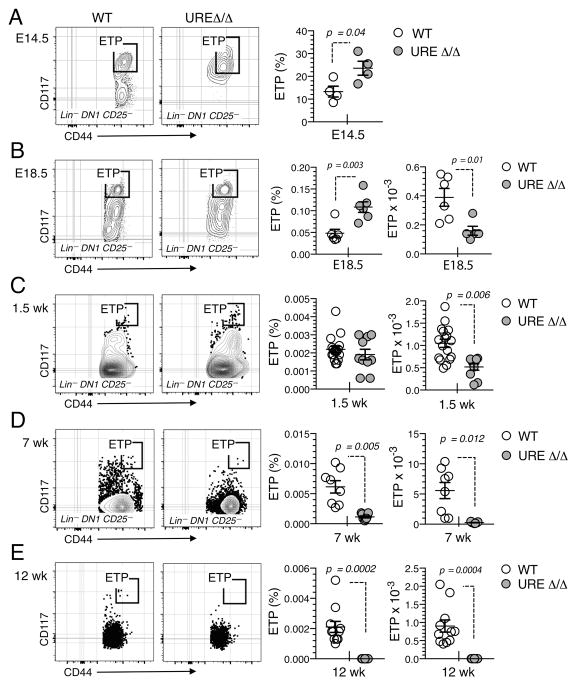Fig. 4. ETP frequency and number decline with age in UREΔ/Δ mice.
(A) FACS plots and graphs showing the frequency of ETPs in the E14.5 UREΔ/Δ and UREΔ/+ (WT) thymus. Mean ± SEM and t test p values are shown. (B) FACS plots and graphs showing the frequency and number of ETPs in thymic lobes from E18.5 UREΔ/Δ and UREΔ/+ (WT) embryos. Mean ± SEM and p values are shown. Cell suspensions were prepared by pooling thymic lobes from multiple embryos in each experiment: E14.5 UREΔ/Δ and WT: n=5–8 lobes; E18.5 UREΔ/Δ: n=8–10 lobes and E18.5 WT: n=4 lobes. Each symbol represents an independent experiment. (C) FACS plots and graphs showing the frequency and number of ETPs in the thymus of 1.5 wk old UREΔ/Δ and UREΔ/+ mice. (D) FACS plots and graphs showing the frequency and number of ETPs in the thymus of 7 wk old UREΔ/Δ and UREΔ/+ mice. (E) FACS plots and graphs showing the frequency and number of ETPs in the thymus of 12 wk old UREΔ/Δ and UREΔ/+ mice. Each symbol represents a mouse. Mean ± SEM and p values are shown; data are representative of 2 to 4 independent experiments.

